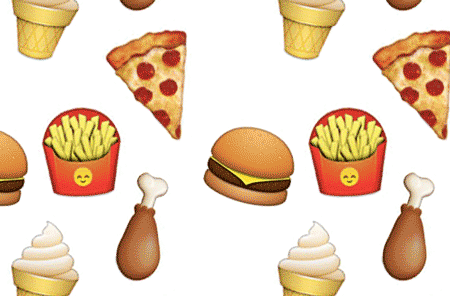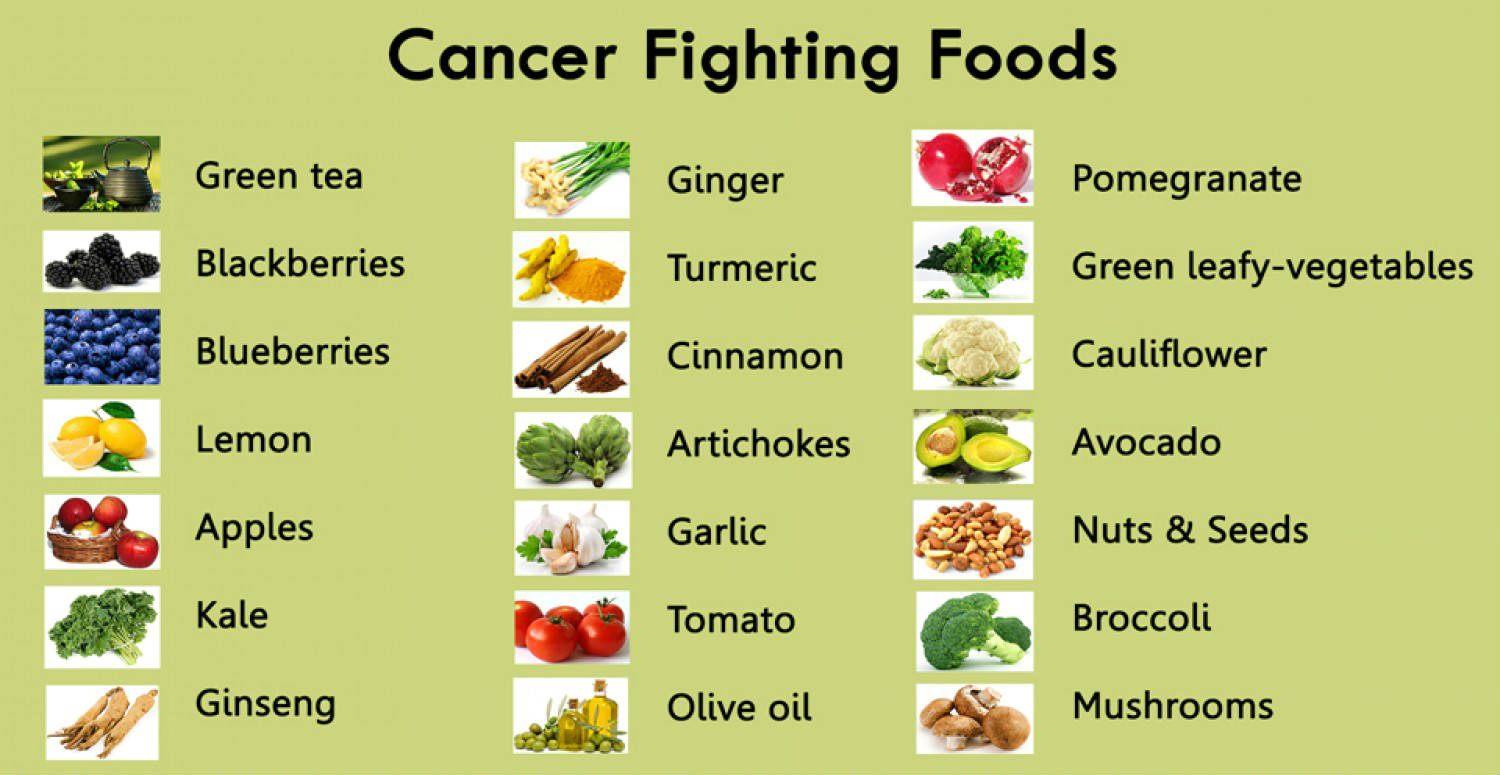We need to watch what we eat.
Our food helps to build our bodies and our health , so their quality is essential! Pesticides, antibiotics, phthalates or bisphenol, what do you actually consume and what are the risks.
.gif)
In this content, you will find the different types of chemical molecules that can be found in our food, their origin, their dangerousness for human's health and the environment, and the solutions offered to protect consumers.
Food additives improve the taste of the food industry's products, their texture, their visual appearance, or their shelf-life. Where do these molecules with strange names come from and what are their effects on health?
What are the main food additives?
Dyes, which give color to foods (chlorophyll, E140).
Preservatives, which give a longer life to the product (carbon dioxide or E290).
Antioxidants that prevent the oxidation of products (vitamin E, E307).
-Emulsifiers stabilize the emulsion and prevent two phases from separating, as in dressings (cellulose, E460).
-The thickeners and gelling agents which reinforce the holding of a food too liquid (the gum xanthan or E415).Acidifiers that increase the acidity of foods (citric acid or E330).
-The enhancers that increase the perception of taste (glycine or E640).Sweeteners that make foods sweet (sorbitol or E420
All these chemical molecules added to our food are harmful to our health, although while taking care to signal them on the packaging using invisibes writings using simple codes does not remain warned nor their presence on our nurture nor of their danger.Aspartame and caramel ...: Potentially hazardous additives?
Are some of these additives potentially harmful? Let's take stock of aspartame, caramel dye, parabens, propylene glycol and saccharin.Aspartame (E951)
Aspartame, a widely used sweetener, has a sweetening power 200 times that of sugar (sucrose). For more than twenty years, this substance has worried some scientists, a concern that has passed on to consumers.
In 2009 EFSA concluded that there was no evidence of a genotoxic or carcinogenic potential of the aspartame sweetener and that there was therefore no need to modify the previously established acceptable daily intake (ADI) Established at 40 milligrams per kilogram of body weight per day. After two studies published in 2010, one on carcinogenic potential in mice exposed to aspartame via their diet, and one epidemiological study examining the association between the consumption of non-alcoholic beverages containing artificial sweeteners and Increased risk of premature delivery, EFSA reiterated its opinion in February 2011 on the non-revision of the ADI. By the end of 2011, further EFSA conclusions are awaited.
.gif)
Caramel coloring (E150c)
The re-evaluation by EFSA in March 2011 of the E150c caramel colorant led to a reduction in its acceptable daily dose to 100 milligrams per kilogram of body weight per day to take into account a potential effect on the immune system of one Its constituents, 2-acetyl-4-tetrahydroxibutylimidazole (or THI).Propylene glycol (E1520)
Propylene glycol (E1520) is used as emulsifier and is regarded by some as a dangerous food additive. Yet, studies have been carried out and demonstrate that lethal doses 50 are high (between 18 and 24.9 grams per kilogram body weight as a function of the tested animals), that the product is not carcinogenic, non-mutagenic, n ' Does not affect fertility. However, it appears that the cat is more sensitive than rodents (the no-toxic dose being less than 675 milligrams per kilogram of body weight, compared to 1,700 to 2,000 in the rat and dog)
-Saccharin (E954)
Saccharin is the oldest sweetener, but is now used less than aspartame because of its metallic aftertaste. Suspected of being a carcinogen by numerous studies demonstrating its effect on rodents, it has long been sullied in the United States. Since the doses used in food products are much lower than those claimed to cause health problems in animals, saccharin is now authorized without a health warning.
My advice that I apply in my daily life is to avoid any industrially processed food containing poisons such as sauces, creams, pastries and eat organic food and fresh natural products like this

We surely do.
I'm sure we do all we can to avoid poisoning ourselves, but thefood industry thinkscourse only after profit
thx a lot